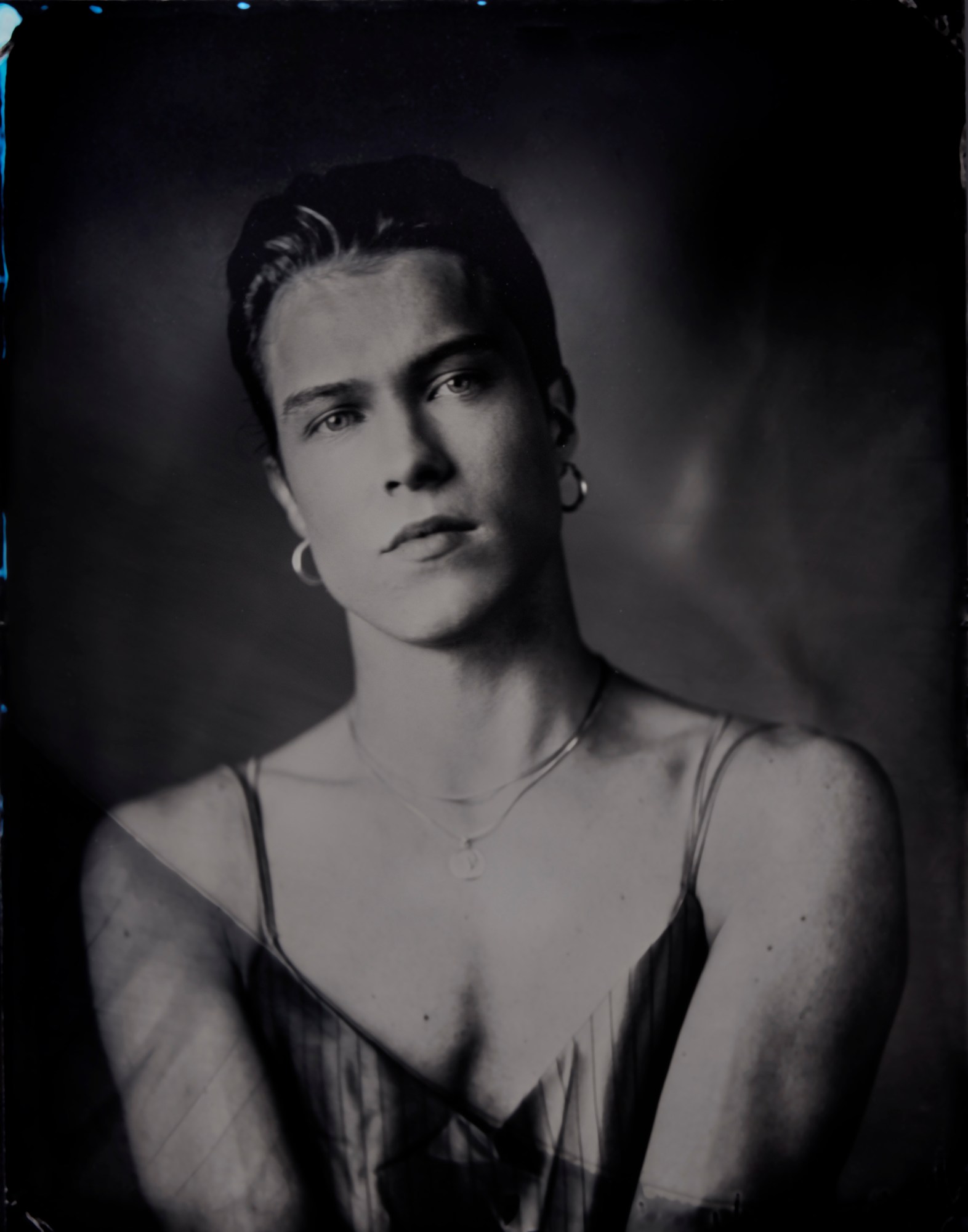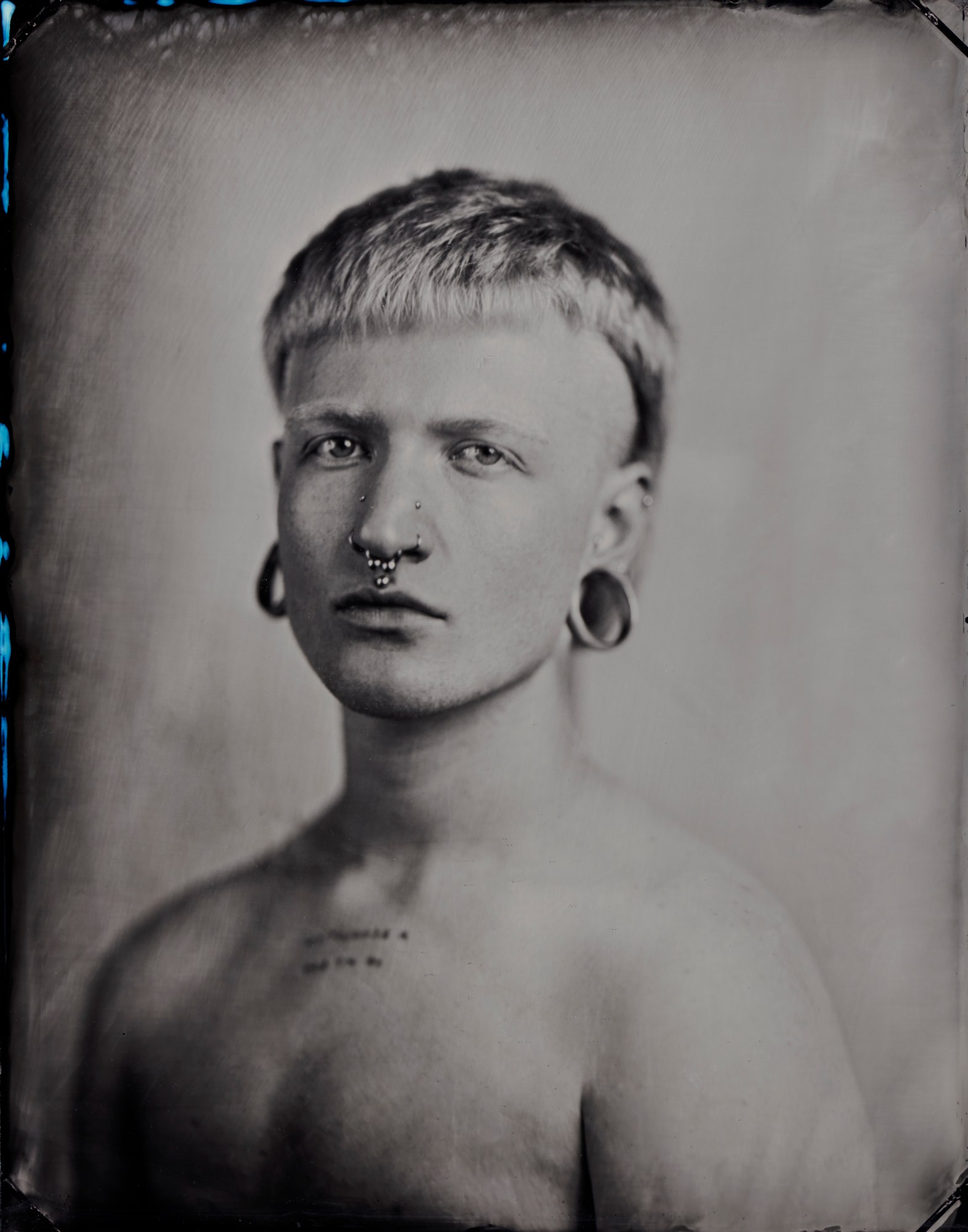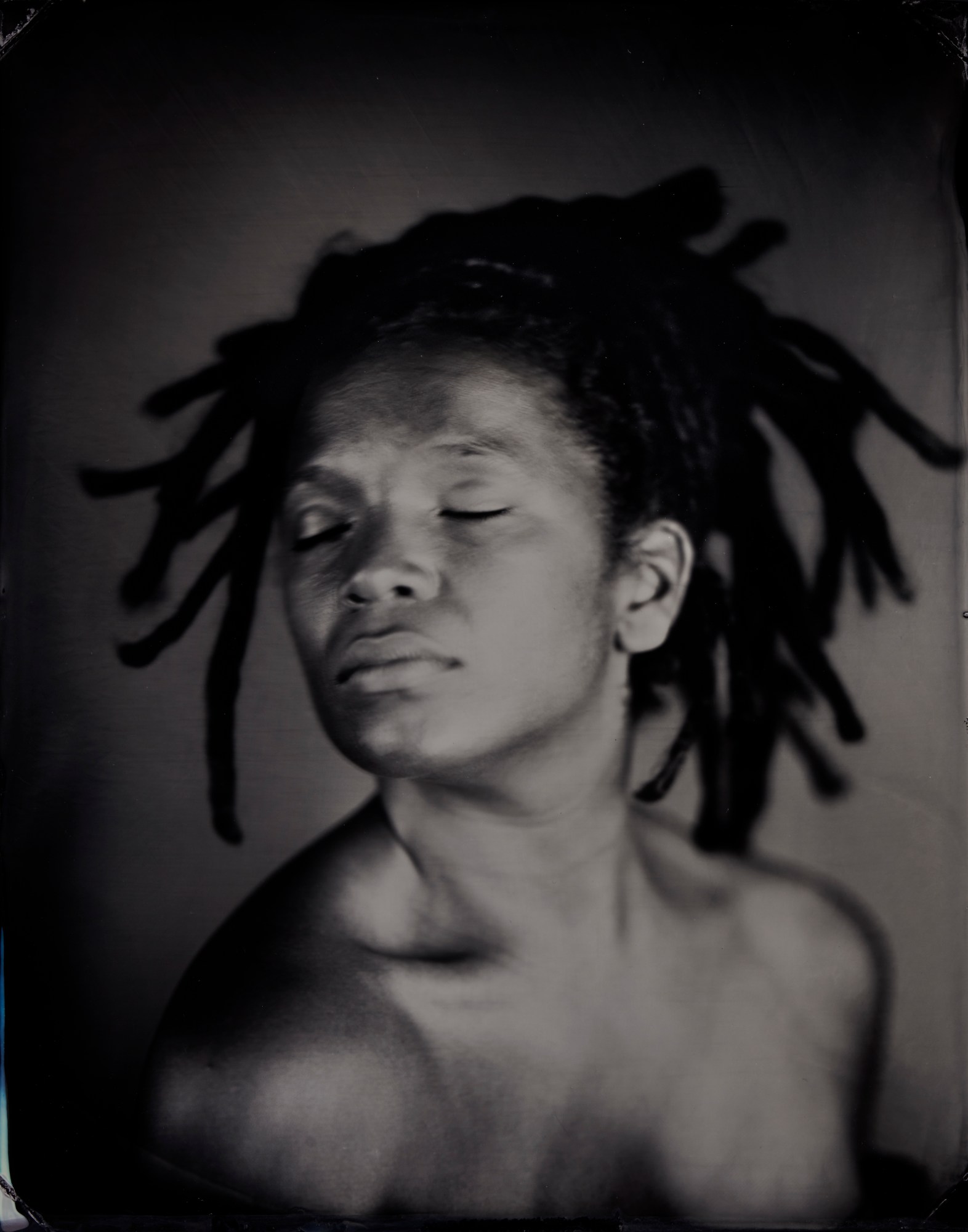While the queer community and its allies continue to make great strides towards a more gender equal and inclusive world, it’s sometimes easy to forget how far we’ve come when opening up a newspaper or scrolling through social media.
This week, a campaigner in the UK lost a court of appeal challenge for gender neutral passports to be introduced, despite a handful of countries — including Germany, Australia and Canada — allowing for a third option. The week before, gender fluid style icon and activist Alok Vaid-Menon shared on Instagram that every time they do anything with mainstream media outlets, their inbox and comment section is flooded with remarks about their appearance. And not too long ago, a guiding light for the British queer community, Munroe Bergdorf, took to Instagram to comment on how the narrative in the British media around trans and non-binary people continues to be repetitive, violent and irresponsible. “It’s us versus them. It’s painting trans people as a threat, when we are facing the constant threat of physical and verbal abuse just leaving the house.”
In an attempt to create more awareness around the breadth of genders, Dutch artist Sevilay Maria van Dorst has explored the vast grey area that lies between the binary. Through her art project #myowngender, models across the gender spectrum share their story, accompanied with a portrait that uses collodion wet plating — a photography technique from the 1850s. i-D spoke to four models who participated in the project, to discuss what gender means to them, what the search for their gender identity and self-acceptance looks like, and how we can move forward towards a more gender-inclusive world.

Jules, 24
“Last year, I came out as non-binary. Growing up in a little town, I was very preoccupied with conforming to other people’s perception of who I should be. Later, when I went to theatre school, I was battling with depression — just trying to survive and figure out who I was. And then last year, I finally had my wake-up call. I got injured while I was performing in a musical and was bed-ridden for three months. Being used to constantly working, I felt like I wasn’t valid unless I was performing on stage. That’s where I felt like I knew who I was. But off the stage, I didn’t have a clue. I felt lost in the world. The injury made me take back control of my life — I was forced to reflect on how I was living my life and face everything that I was struggling with. During those three months, I had to come to terms with the fact that I had never allowed myself to explore my gender identity and that had made me very unhappy for years. Being forced to finally deal with all of that I ultimately discovered my truth.
In December I changed my name to Jules — a strange but very freeing experience. In a way, you’re saying goodbye to a part of yourself, but it became much clearer who I am and why I made the decision I’ve made. I feel like I’m reinventing my whole life now at 24. Looking back, if I had social media when I was younger and it was common knowledge that there’s way more than just ‘man’ or ‘woman’, my whole journey would’ve been so much clearer. I discovered people like Ericka Hart and Alok on social media who are so unapologetically themselves, they inspired me to live my truth and to love myself.
I think it would’ve made a great difference when I used to walk around in heels as a kid if people had said it was okay. I hope that through this project, people can recognise themselves in our stories and feel validated by us. Even when it’s just you who knows your truth, you’re still valid. When someone isn’t able to come out yet, that doesn’t make them any less deserving of love and support. It’s very important that people look at themselves with more love — I haven’t done that for the best part of my life, but as soon as I did everything changed drastically for the better.”

Lot, 20
“When I was 15 years old, my parents gave me a biography of David Bowie. I had always been a big fan of his, and read the book cover to cover in a few days. What really struck me was that when Bowie was around 16 years old, he came out as bisexual — in a time when it wasn’t accepted at all. That just really spoke to me: how at that age Bowie was so in tune with his own desires and willing to be honest and open about them, even though he knew it wouldn’t be tolerated. It made me think: why am I limiting myself in my happiness? I know what my desires are, and I know that when I pursue them I’m going to be so much happier with who I am. I decided from that moment onwards to choose for my own happiness, and I keep doing that everyday.
Before then, I was living my life for other people. From a young age, I was hyper-aware of my surroundings and what was deemed acceptable — or not okay at all. I really felt the social pressure to fit to a certain idea of who people wanted me to be. Back then I still identified as a cis-man and was attracted to men. I knew that there were men like that who lived their entire life suppressing this feeling, choosing to live a heterosexual life. I thought that was what I had to aspire to. When I got the courage to start living life for myself, everything kind of snowballed from there. I’d gotten some kind of rock’n’roll mentality, started dressing the way I wanted to and embraced myself for who I am.
I am very proud of the person I am today. I don’t want people’s perception of me to be limited to me being trans. I want people to know that we’re more than just our transition: that we have a life full of ambitions beyond that. My ultimate goal is to one day become the creative director of a label like Saint Laurent. I want to become a household name in the fashion industry, and hope that me being trans won’t be the thing people remember me for — but rather my ambition, my drive and my talent. The only way I want to be identified as is as someone who’s happy.”

Noah, 20
“When I was 10 years old, I realised I was attracted to both boys and girls. At that time, I didn’t really know what the concept of gender really meant — I bought clothes from both sections of the clothing store. It wasn’t up until high school and I got confronted by my classmates that I had to be one way or the other. And then when I hit puberty, and my body started to change, I realised that it wasn’t just that I didn’t fit in with society’s gender constructs — I also felt distanced from my own body.
Growing up, I was never taught that there was more than the cis-gendered norms. Social media opened me up to the idea that there’s way more than just ‘man’ and ‘woman’. If I had known that sooner, of course I still would have struggled, but things would’ve been so much clearer. I still meet a lot of people who don’t have any clue what non-binary even means. It’s only recently that I’ve started to use the pronouns they/them. Before, I was using he/him and apparently that was way easier for people. People are under the assumption that they have to fully understand something before they can embrace or accept it. I don’t think you have to fully understand someone’s experience to treat them like a human being. I get asked a lot of questions that I know would never be asked of someone who doesn’t look as ambiguous as I do.
Trans and non-binary representation is still so very important. Everything that is happening in the media today is solemnly about the transition of trans people, rarely about their lives or who they are. In a way, it feels like this has to happen first before we can open a dialogue about trans lives, but it’s very urgent that the conversation moves beyond just that. For instance, we should have more trans people on TV, where it’s not about them being trans, it’s just about them living their lives. I rarely see myself or my body represented in the media. I’m trying to create that space myself through my work as a writer and illustrator, by writing stories about everyday things in the lives of trans people and drawing trans bodies.

Samantha, 37
When I was born, the doctors at the hospital advised my mum to raise me as a girl and not talk about the condition I was born with at all. It wasn’t until I was 13 that I discovered that something was different about me. I had to go to the hospital to get a check-up because I was born without a uterus. The word intersex wasn’t mentioned at all. When I turned sixteen, I started googling what being born without a uterus could mean. Countless different medical conditions turned up. Eventually I visited the hospital when I was 23 to find out more about who I am. There, they told me I have XY chromosomes — which from a biological perspective would make me male. Hearing that really turned my entire world upside down and the only way I knew how to cope was to push all of that away.
For a long time, I repressed myself emotionally because I wasn’t talking about something that is such a big part of who I am. That had an immense impact on everything in my life. I’m intersex — and it wasn’t until I turned 30 and started opening up about that to other people that I started to discover who I really am and what I want in life. That moment felt like an incredible victory to me. Because my family never spoke of it, I didn’t either, which resulted in me never really researching what having an intersex condition meant — mentally and spiritually, as well as physically. It’s impossible to understand yourself without acknowledging who you are. By starting to talk about it, it really feels like I had started a new life at 30. So much has changed for me from that moment onwards. I have a lot of creativity in me, but never really allowed myself the space to develop that creativity. Now I’m finally discovering things that bring me joy in life, like making music and doing stand-up comedy.
Nowadays I like telling my story. Three years ago, I did an interview on television about what it means to be intersex. Initially I thought that meant I had finally accepted myself for who I am. I had opened up, shared my story and thought that would be the full-circle moment for me. But in hindsight, that was the moment where my process of self-acceptance finally started. I feel like I’m still in the middle of that right now. With my story, I hope to inspire people to speak up about whatever issue they’re dealing with — I really believe that’s the first step in the process of healing yourself. By acknowledging who you are and opening up about it, you start to better understand yourself. And that’ll bring you to places that were previously unimaginable.
Find out more about the art project #myowngender at myowngender.com.
